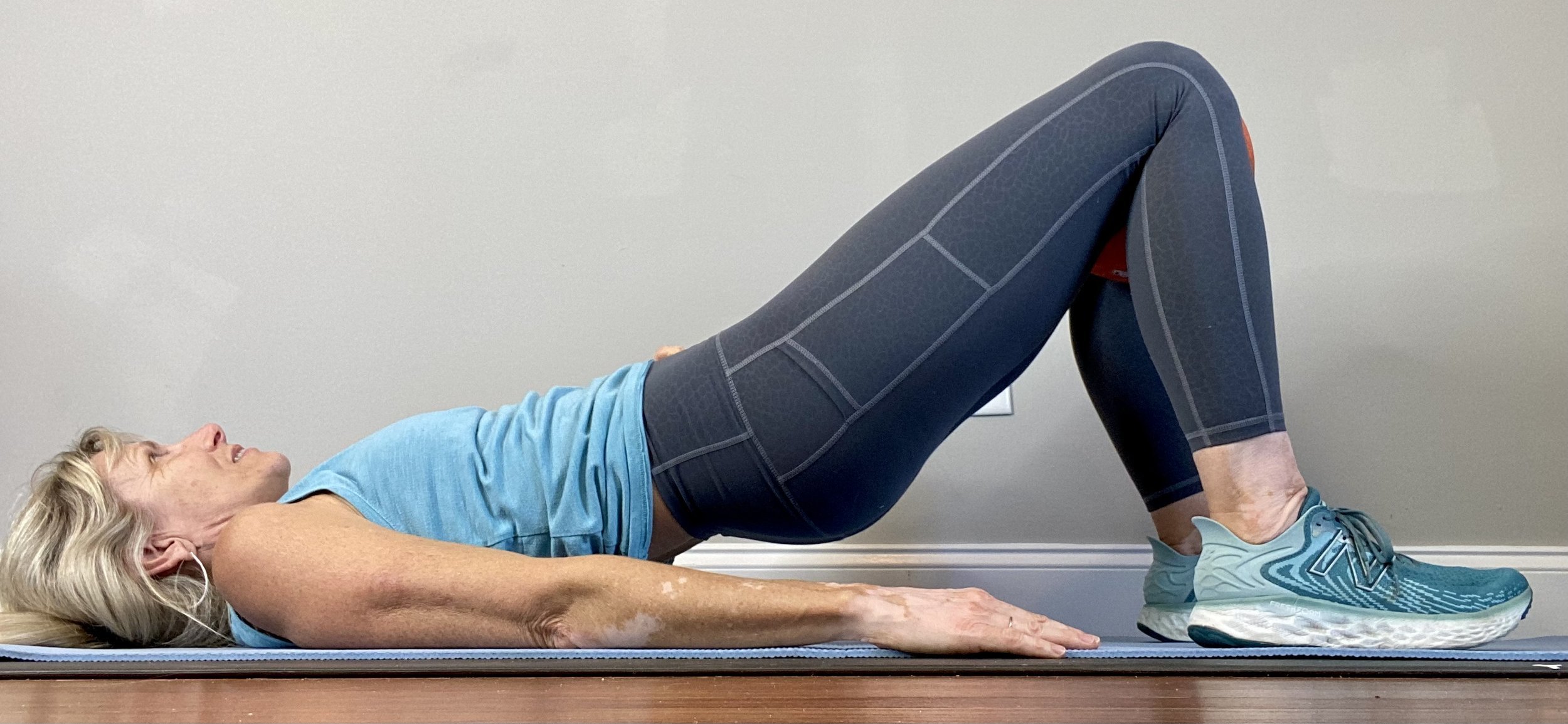Leaking Urine? But which pad do you grab?
Pads… They might look the same but are they the same?
Peeing in your pants? Or bleeding in your pants? Neither is particularly pleasant but using the right absorbency pad will make your life a bit better. But how do you know which pad to use and why does it matter? Read on, Sister… Soon you’ll know more about pads than you bargained for. LOL
If you have been at the store and wondered, “Which Pad do I buy?” You are not alone!
Don’t make me laugh! I’ll pee in my pants!
Have you ever said that to your girlfriends and then ran to the bathroom and grabbed a pad? Well, it’s pretty likely that pad that you just grabbed is actually made for blood and not urine. So, what’s the big deal. It’s a pad, right?
Well, yes, right… but also wrong… It’s a pad… But not THAT sort of pad, and sadly will not do the job you are hoping for. Why? Well… Ever hear that blood is thicker than water? Yup. True here, for sure. When we have our periods, we bleed - on average - about 70 to 80 ml of FLUID during the duration of our period. It always feels like a lot more and yet, Fun Fact - or not, only half of that (about 30 to 40 ml or 1 to 1.3 ounces) is actually blood (1,2). Blood flow is slow in comparison to urine, which seems to come spraying out at a shocking speed especially when you weren’t expecting to leak, spritz, or spray yourself in a shower of urine.
16-20 ounces is the amount in our water bottles!
So why use an incontinence pad?
Urine flows quickly and the volume that you lose may be a few drops or the whole capacity of the bladder which is about 16-to 20 ounces (474 -592 ml). A period pad will immediately be supersaturated and you’ll likely still leak on your clothing. An incontinence pad is actually made for a larger volume because of the “super absorbent polymers that are inside the lining. Think of a baby diaper — only MUCH thinner. Those polymers increase the absorbency by up to 300% (3). WOW!
Also- incontinence pads have many layers of fibers that “wick away” the moisture quickly, period pads don’t. Period pads have larger holes or pores in them to collect and hold the blood but not to absorb the blood. Incontinence pads also neutralize the ph of the urine so that your skin doesn’t smell, chaff or get infected. Period pads don’t; they may have deodorizer but not a neutralizer. Some period pads claim that they can also be used for incontinence but are usually limited to 50-100mls of fluid (4).
So- if you leak, choose the right pad… But do yourself a bigger favor and find a pelvic health PT that can help you and register for our Pelvic Floor Core & More Class to get started. It’s not just doing Kegels - It’s also learning how to strengthen AND relax AND release that pelvic floor. A PT can help you with a proper diagnosis and our classes will give you tips and strategies to implement. There is help out there for you. Truly. And that is what we do at 4TFM. HELP.
References:
1)Donoso, M. B., Serra, R., Rice, G. E., Gana, M. T., Rojas, C., Khoury, M., ... & Illanes, S. E. (2019). Normality ranges of menstrual fluid volume during reproductive life using direct quantification of menses with vaginal cups. Gynecologic and obstetric investigation, 84(4), 390-395.
2) https://www.menstrual-matters.com/bloodloss/
3) https://www.hcd.com/need-medical-supplies/bladder-pads-vs-period-pads-the-dry-facts/
4) https://www.holisticincontinence.com.au/



